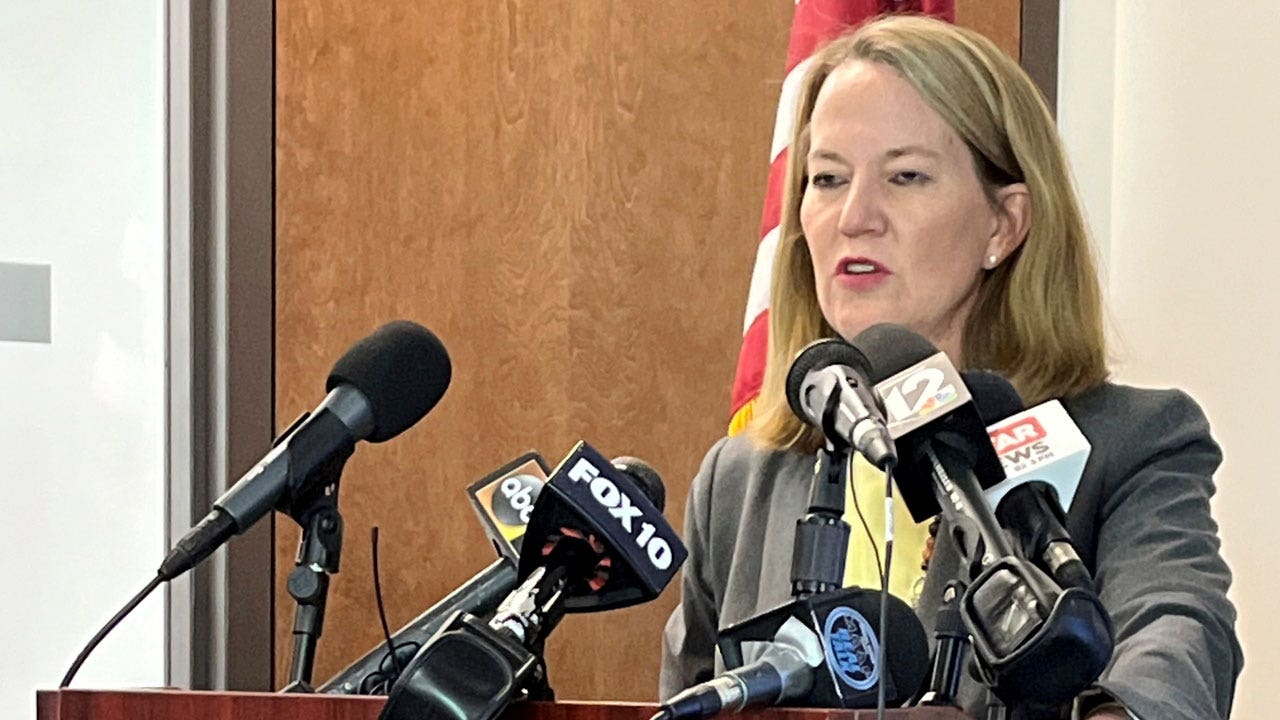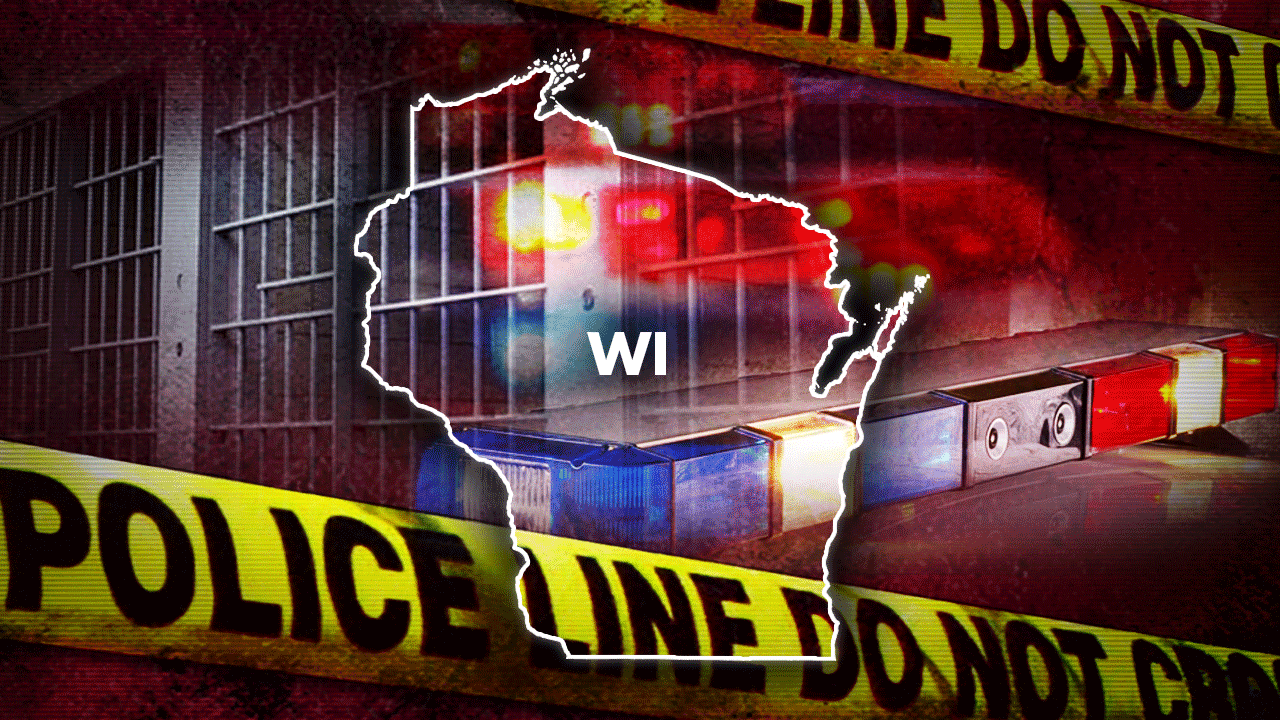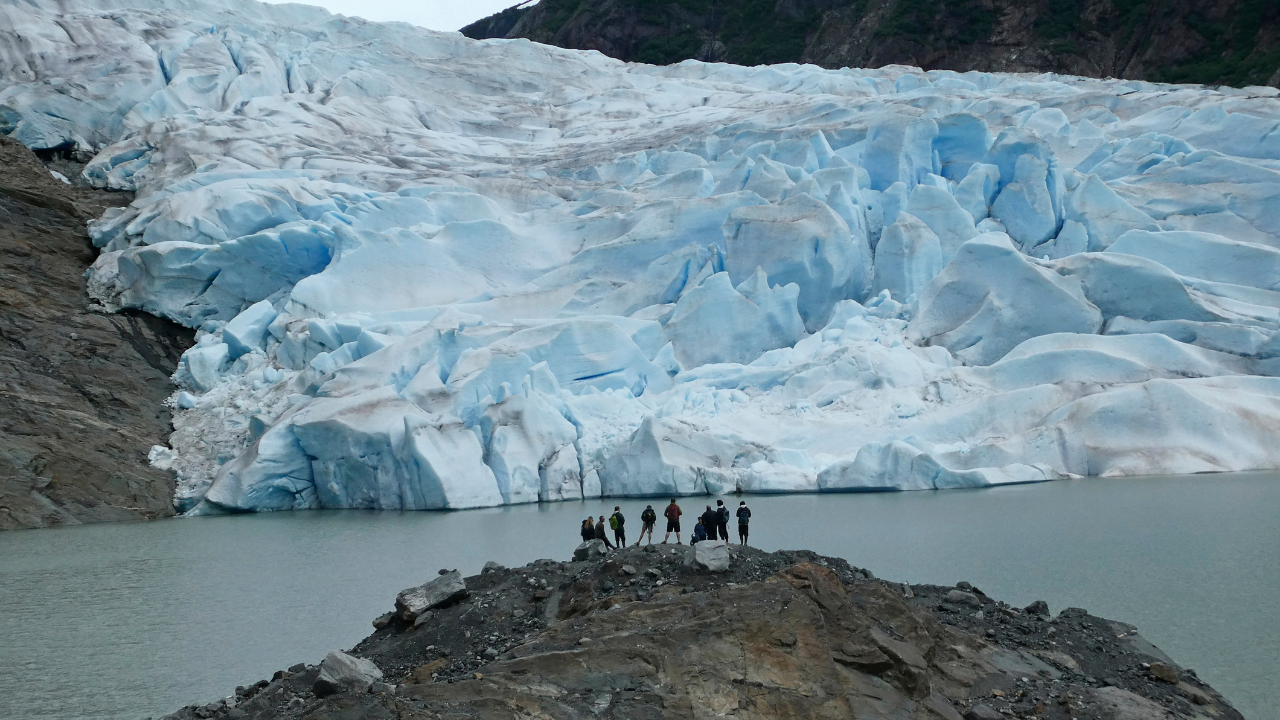The billboards rise above the desert valley, introducing millions of visitors to what was an almost forgotten chapter in Palm Springs history. “Know before you go. Palm Springs Section 14,” one billboard reads. “We smelled the smoke, we watched our houses burn.”
In the 1960s, in Palm Springs, a sun-drenched resort destination in Southern California, a neighborhood of mostly Black and Latino families was razed to make room for commercial development. A 1968 report by the state attorney general called it “a city-engineered holocaust.”
Today, there are few physical remains of the community called Section 14 beyond a vacant lot and the remnants of concrete slab foundations that once held houses. A convention center, hotels and a casino now dominate the landscape.
The Palm Springs Section 14 Survivors group, made up of aging former residents and descendants, is asking for compensation for the loss of their homes and personal property, along with damages for racial trauma. The city apologized for its role and said it was committed to pursuing a reparations program. But negotiations stalled.
Until now.
California is at the forefront of the movement to compensate African Americans who have been harmed by systemic racism and the legacy of slavery, but the experience in Palm Springs underscores the challenges of broadening largely symbolic support to concrete actions. Last year, a state panel recommended dozens of policy changes and billions of dollars in reparations to the state’s Black residents. State lawmakers have acted on some of that guidance but have not proposed any direct cash payments.
In April, after months of intense talks, Palm Springs offered about $4.3 million for up to 145 properties to settle the claim — a tiny fraction of what the Section 14 group had proposed — along with building affordable housing and other community projects.
Areva Martin, a Los Angeles civil rights attorney representing the group, called the city’s pledge a first step in the negotiations. But she added that the offer “relies on flawed data and improper analyses.”
“We look forward to continued dialogue with the city,” she said, “and an opportunity to reach a consensus on a more accurate and realistic analysis.”
At the same time, a small group of Palm Springs residents has been against reaching any financial settlement without an independent assessment of what happened — a condition that the City Council publicly said would be met. The residents say that the city and its mayor at the time, Frank Bogert, were unfairly blamed for the destruction.
Complicating matters, the land where Section 14 was located belongs to a Native American tribe, the Agua Caliente Band of Cahuilla Indians.
“So much about this is complex — it’s at the intersection of race, wealth and power,” said the Rev. Daniel Kline of the Church of St. Paul in the Desert, who supports the survivors and feels their quest is an opportunity for a broader discussion of race in Palm Springs. “What makes it even more complex than maybe some other cases in the country is that you have tribal land involved.”
In Palm Springs, there are disagreements over who was responsible for the forced removals and whether the evictions were done with proper notice. There’s no doubt that houses were set ablaze. City records suggest that in some cases, families were notified that they had to move. But former residents counter that they were given no warning, that they lost their life possessions in the flames and that they received no assistance from the city to relocate.
African Americans — some of whom were fleeing the Jim Crow South — along with Mexicans built and rented homes on leased land in Section 14, a square mile of ground near downtown Palm Springs. Some Filipinos, Native Americans and white Americans also lived there.
The community consisted of a patchwork of houses and trailers set along largely unpaved roads. There were churches and small businesses, too. Many of the people of Section 14 were gardeners, construction workers and housekeepers, who kept much of the city’s bustling tourism industry churning. Boxed in by discriminatory housing restrictions, people of color had few, if any, other places to live in the city.
It was a starkly different world from the Palm Springs that was known as a glamorous desert retreat for stars like Frank Sinatra, Marilyn Monroe and Lucille Ball.
In the late 1950s, a new law paved the way for the development of Section 14.
Margaret Godinez Genera, 85, spent much of her childhood in Section 14 with her parents and two siblings. In 1961, she was married in one of the neighborhood’s Catholic churches, and had a reception at her parents’ house. Not long after, she and her husband, a construction worker, rented a house across the street.
Ms. Genera, who is Mexican American, recalls hearing rumors about families being forced out. She and her husband never received an eviction notice, she said.
Then one day in 1965 or 1966, she walked outside and saw a neighbor’s house in flames. Then another a few doors down. She and her husband quickly gathered a few belongings, stuffed them in their car and fled to a relative’s house.
“The smoke and ashes were everywhere,” said Ms. Genera, who worked at a preschool before staying home to raise her children. “We left with whatever we could put in the car. We left our furniture. We left my son’s rocking horse.”
The Agua Caliente tribe owned about 6,700 acres in Palm Springs including Section 14, but leasing on the land was limited until 1959 when a federal act allowed leases for up to 99 years. The change made the land more attractive to developers and seeded what would become the tribe’s economic fortunes.
Several entities were involved in the clearing of the neighborhood. From 1965 to 1967, 235 structures in Section 14 were demolished and burned by the city Fire Department, according to municipal records. The ensuing state investigation, which noted that about 1,000 residents were affected, concluded that there was no evidence a crime was committed in the removals but that the city had shown “civil disregard” for the rights of its minority residents.
The tribe has not publicly weighed in on the evictions or the question of compensation. A tribal spokeswoman did not respond to several phone and email messages.
In 2021, the city formally apologized for its role in the forced evictions. And in the summer of 2022, it removed a statue of Mr. Bogert, who was mayor during the evictions, from in front of City Hall.
Months later, the Section 14 group filed an amended claim against the city alleging that the evictions were illegal and amounted to a racially motivated attack.
“These are people who were upended, who watched their parents suffer, lose jobs, lose their home, people who suffered psychological trauma,” Ms. Martin, the civil rights attorney, said. “We want Section 14 to be restored to this community’s memory.”
Pearl Devers, 73, grew up in Section 14. Her father was a carpenter and civil rights activist who built the family’s two-bedroom house; her mother was a maid who worked for Lucille Ball. Ms. Devers, who is Black, remembers that when she was about 10, the family began moving from house to house, “trying to stay ahead of the fires.”
She said her mother eventually took the children and moved to a nearby town. Her father stayed behind. “He didn’t want to leave the house that he had built with his own hands,” said Ms. Devers, a movie producer who began organizing the group in 2020. “He never really recovered.”
Norm King, a former Palm Springs city manager, is part of a group called Friends of Frank Bogert. He said that while the group was focused on restoring the reputation of Mr. Bogert, he would like an objective, third-party assessment of the history of Section 14 — as the city announced — before it makes any final decisions on direct payments.
Mr. King said that documents released last year showed that the city had not made the decision to evict people, but rather had worked at the behest of the tribe to demolish the houses and was reimbursed by the federal government. Most importantly, he said, the land was cleared because the tribe had a right to develop it.
Ms. Martin said the records represented only a fraction of the story and that the number of homes burned by the city was a significant undercount. Further, she said, the city failed to protect its own citizens.
In April, Jeffrey Bernstein, the current mayor of Palm Springs, announced several steps to “address the inequities of the past,” including many on the wish list of the Section 14 group. They include contributing to a community land trust to build affordable housing and exploring the construction of a cultural or healing center dedicated to Section 14.
The proposal also included paying “monetary damages” of about $29,500 for homes and personal property — for up to 145 properties — totaling about $4.3 million. The money would be paid to former tenants or descendants who could be verified.
The Section 14 group requested about $187 million to $366 million, according to a city attorney’s email shared with The New York Times. The gap is based on disagreements over the number and value of affected properties, along with the value of personal property. In the email, the group proposes 350 homes at a current value of $490,000 to $1 million, and a present-day value of $45,000 for personal property per household.
“My colleagues and I recognize that city funds were used to clear land which housed individuals and families who were tenants on the property, including minority groups,” Mr. Bernstein said in a statement. “We know that we as a city need to right that wrong.”






